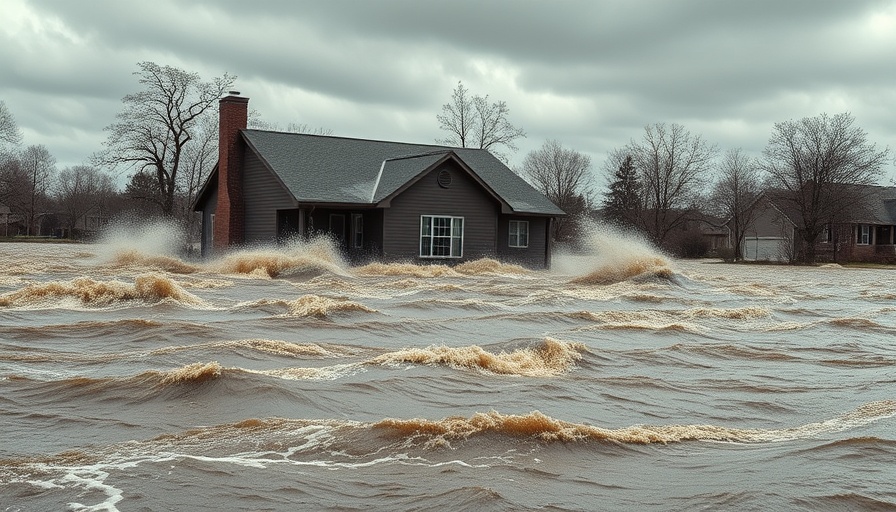
Understanding the Drying World: What Does It Mean?
As our planet warms, alarming reports reveal that the Earth is getting drier at an unprecedented rate. A 2024 UN report highlights that over three-fourths of the world’s land is now drier than it was three decades ago. This transformation spells trouble for biodiversity, agriculture, and humanity as a whole. In fact, drylands encompass 40.6% of global land, and the number of people living in these parched areas has skyrocketed, doubling to 2.3 billion over the last 30 years.
The Distinction Between Drought and Desertification
It’s crucial to differentiate between drought and desertification. Droughts are temporary spells of decreased rainfall, often reversible once weather patterns restore balance. On the other hand, desertification is a permanent state where fertile land succumbs to aridity, often fueled by human activities and climate change.
For instance, while the Sahel region of Africa did experience significant drought cycles in the late 20th century, the recovery after these periods showed that not all lands become desert-like. However, as Michela Biasutti, a climate scientist, suggests, the risk lies in misattributing temporary drought conditions to irreparable desertification.
Causes of Desertification: A Human Affair
Climate change is the stern backdrop to this drying theater, but human actions play a pivotal role in escalating desertification. Unsustainable land management practices—like overgrazing, deforestation, and industrial agriculture—lead to soil erosion and degradation. The alarming loss of 24 billion tons of fertile soil annually due to erosion starkly illustrates our impact. Such rapid soil loss leaves behind barren land unable to support life, creating desert-like conditions that cannot easily revert.
What’s at Stake for Communities and Ecosystems?
The looming threat of desertification goes beyond the loss of arable land; it poses a stark challenge to global food security and water resources. With projections indicating that 75% of humanity could face drought by 2050, the urgency for comprehensive solutions becomes clearer. For many communities across the globe, losing productive land means more than just economic decline; it endangers livelihoods and threatens cultural connections to the land.
What Can We Do About It?
In Seattle, residents deeply invested in sustainability can take action to combat these alarming trends. Individuals can support sustainable farming practices, advocate for policy changes aimed at protecting vulnerable ecosystems, and participate in local tree-planting initiatives—each effort contributing to overall moisture retention in the soil and promoting biodiversity. By staying informed and engaged, we can collectively push for solutions addressing the challenges posed by climate change.
As we contextualize the dire statistics and potential futures presented by desertification, our power lies in proactive engagement. Whether through community action or personal choices in consumption, every step we take in the right direction contributes to a healthier, more sustainable future for all.
 Add Row
Add Row  Add
Add 




Write A Comment